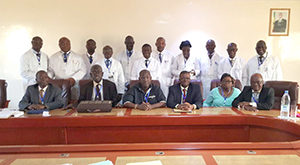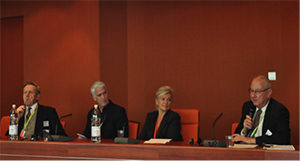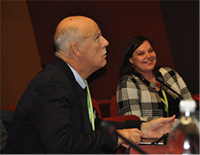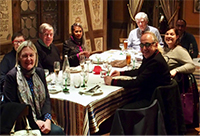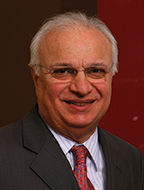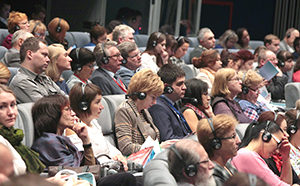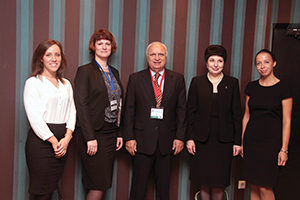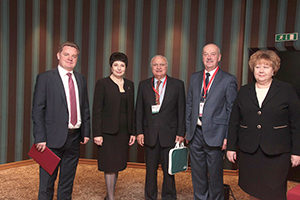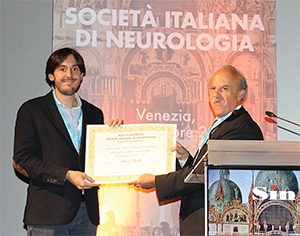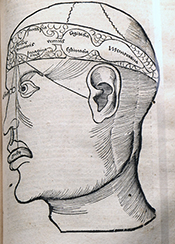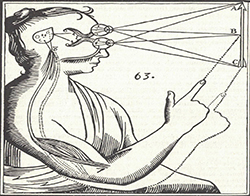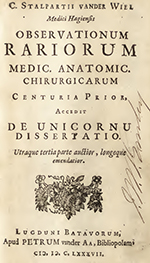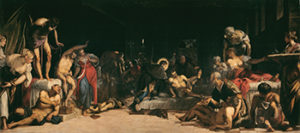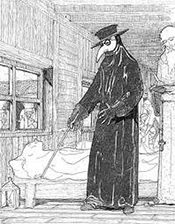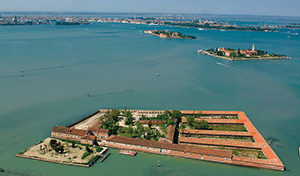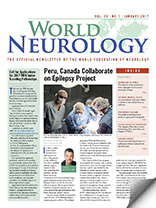By Steven L. Lewis, MD,
and Wolfgang Grisold, MD
This year, the WFN is again able to offer Junior Traveling Fellowships for young neurologists from countries classified by the World Bank as Low or Lower Middle Income, to attend approved international meetings.
Applications for 2017 would be most welcome.
There will be 30 awards; applicants should be neurologists in training or early in their careers, have an MD degree or equivalent medical degree, hold a post not above that of associate professor, and be no older than 45 years of age.
Candidates are asked to apply online via www.wfneurology.org/junior-travelling-fellowship-grants-form.
You will be asked to provide:
- The name and dates of the meeting for which you wish to register
- A CV and bibliography
- A letter of recommendation from the Head of your Department
- An estimate of expenses, to a maximum of £1,000, no excess will be granted
It is expected that applicants participate actively in the meeting (e.g. presentation, poster) that they attend. The submission of an abstract is encouraged. A copy of the abstract also should be included. Preference will be given to candidates who have not previously received an award and to candidates who intend to attend the 2017 World Congress of Neurology in Kyoto, Japan.
Applications must be received at the WFN office no later than Wednesday, March 15. All applications will be reviewed by the education committee, and the awards will be announced as soon as possible thereafter.
